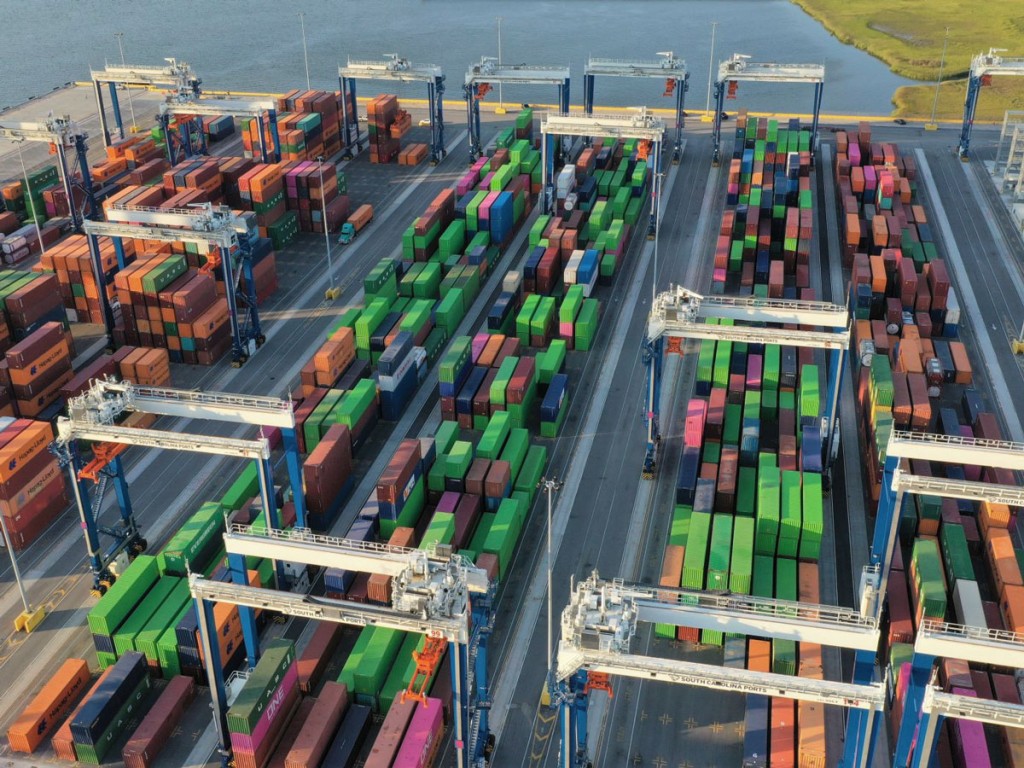South Carolina Ports achieved another record month for containers handled at the Port of Charleston while maintaining fluidity for customers.
May marked the 15th consecutive month of cargo records at the Port of Charleston, driven by sustained retail imports. Loaded imports were up 18% in May compared to last year.

SC Ports handled 141,823 pier containers, which account for boxes of any size, in May. This is a 10% increase from last year. Thus far in fiscal year 2022, SC Ports has moved nearly 1.5 million pier containers, up 14% from the same period last year.
“Our SC Ports team, maritime community and logistics partners have made significant progress on our berth and terminal fluidity during ongoing supply chain challenges,” SC Ports CEO Jim Newsome said. “As we continue to navigate this ever-changing environment, we are implementing creative solutions for shippers, such as giving berth priority to vessels taking out more cargo and deploying more than 1,000 chassis thus far from our new SMART Pool fleet.”
SC Ports handled 17,549 vehicles at Columbus Street Terminal in May. Inland Port Greer and Inland Port Dillon reported a combined 16,202 rail moves in May, up 19% from a year ago. SC Ports’ inland ports provide shippers the ability to quick move goods between the Port of Charleston and the hinterland via rail.
Inland Port Greer had a particularly strong month, handling 14,344 rail moves, which is a 27% increase year-over-year. SC Ports is expanding the Upstate inland port to handle more cargo and increase rail capacity.
The expansion of Inland Port Greer recently reached an important milestone with the addition of 2,600 feet of processing rail track in the facility, providing more room for the rubber-tiered gantry cranes to access rail cars as operators load and unload containers. The inland port now also has 4,800 feet of additional rail car storage track to accommodate longer trains.
“Our strategic, timely investments in port infrastructure provide capacity to customers ahead of demand,” Newsome said. “By expanding Inland Port Greer, increasing utilization of Leatherman Terminal and building near-dock rail at the future Navy Base Intermodal Facility, we are ensuring capacity and fluidity for decades to come.”










